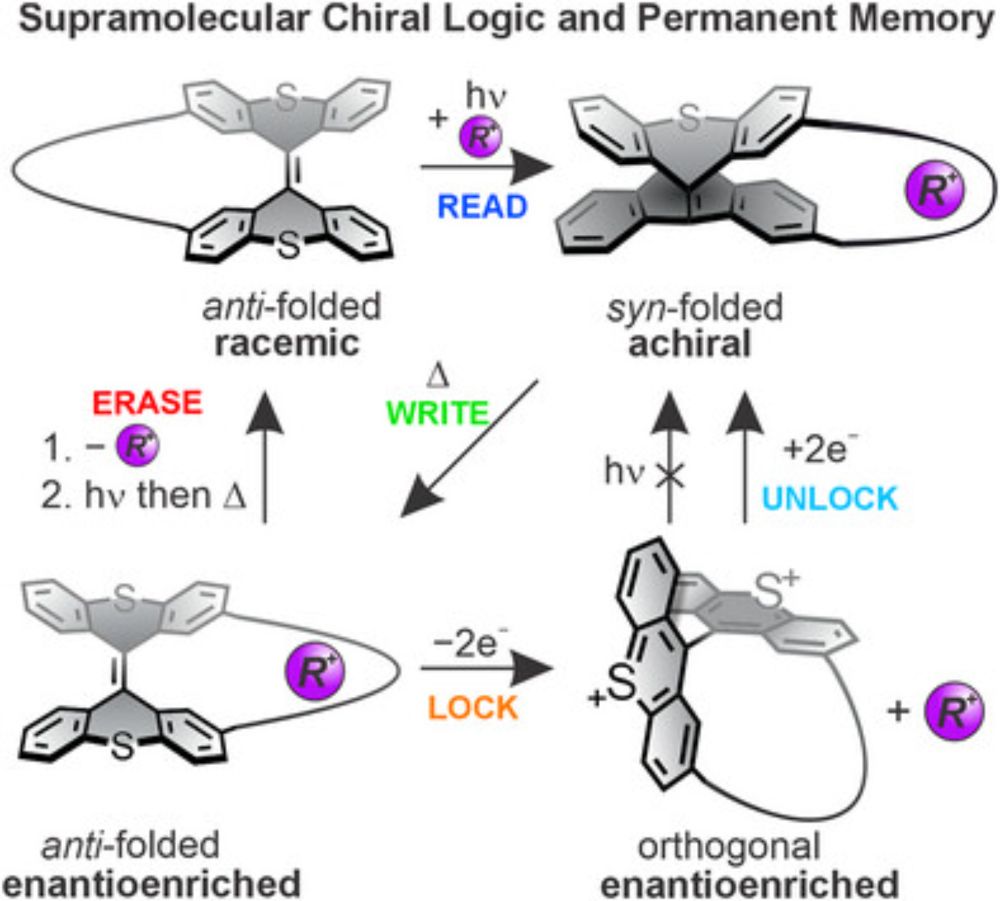Robert Hein
@robertheinchem.bsky.social
320 followers
290 following
23 posts
Juniorprofessor @uni-muenster.de,
Prior: MSCA Postdoc @feringalab.bsky.social, PhD @ox.ac.uk,
Supramolecular Chemistry, Electrochemistry, Sensors, Switches
https://www.uni-muenster.de/Chemie.oc/hein/
Posts
Media
Videos
Starter Packs
Reposted by Robert Hein
Robert Hein
@robertheinchem.bsky.social
· Aug 29

Indeno[2,1‐c]fluorene Quasi[8]circulenes Through Intramolecular Cyclization
A new class of curved, chiral polycyclic aromatic hydrocarbon emerges from the fusion of indeno[2,1-c]fluorene and quasi[8]circulene motifs. These redox-active, antiaromatic scaffolds offer great syn...
doi.org
Robert Hein
@robertheinchem.bsky.social
· Jun 24
Robert Hein
@robertheinchem.bsky.social
· May 16
Robert Hein
@robertheinchem.bsky.social
· Apr 14
Robert Hein
@robertheinchem.bsky.social
· Apr 14
Robert Hein
@robertheinchem.bsky.social
· Apr 14
Robert Hein
@robertheinchem.bsky.social
· Apr 14
Robert Hein
@robertheinchem.bsky.social
· Apr 11
Robert Hein
@robertheinchem.bsky.social
· Apr 11

Multi-State Redox and Light-Driven Switching of Pseudorotaxanation and Cation Shuttling
The modulation of molecular recognition underpins numerous wide-ranging applications and has inspired the development of a myriad of switchable receptors, in particular photo- or redox-responsive hosts. Herein, we report a highly versatile three-state cation receptor family and switch system based on an overcrowded alkene strapped with crown ethers, which can be switched by both redox and light stimuli, thereby combining the advantages of both approaches. Specifically, the neutral switches can be quantitatively converted between anti- and syn-folded receptor geometries by irradiation, leading to the discovery of a significant increase or decrease in cation binding affinity, which was exploited to shuttle the pseudorotaxane-forming dibenzylammonium guest between the switchable crown ethers of slightly different sizes. Alternatively, two-electron oxidation to the orthogonal, dicationic, nonvolatile state completely turns off cation binding to the host, thereby ejecting the guest. Upon reduction, the metastable syn-folded state is first formed, which then thermally relaxes, resulting in a unique, autonomous, and cation-dependent multistate switching cascade.
pubs.acs.org
Robert Hein
@robertheinchem.bsky.social
· Jan 31
Robert Hein
@robertheinchem.bsky.social
· Jan 31
Reposted by Robert Hein


















